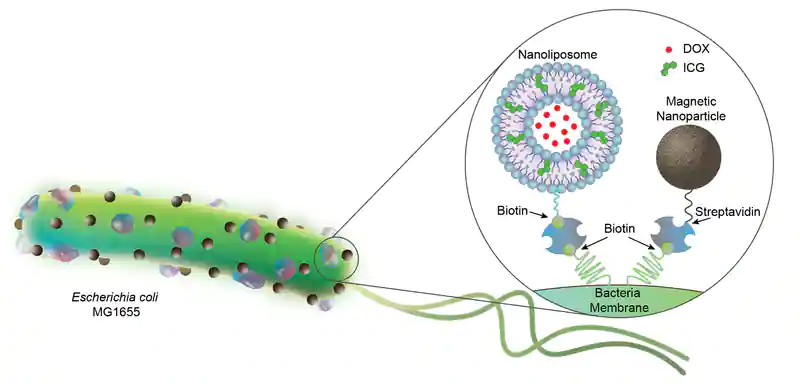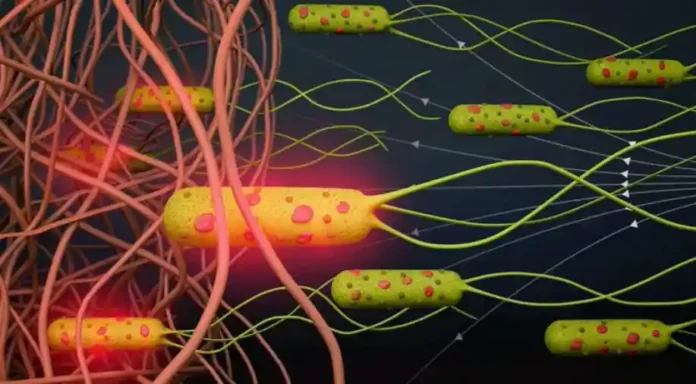According to reports, scientists at the institute developed magnetically-controlled microscopic robots that can reach tumor cells and fight cancer by merging components of robotics and biology.
Researchers from the Max Planck Institute’s Physical Intelligence Department in Germany have found a breakthrough that could aid in the fight against cancer.
For the process, the scientists used E. coli bacteria, dubbed the “superhero of the microbial world.” The E. coli bacteria can easily move through a variety of materials, including liquids and highly viscous tissues, making it an excellent candidate for the experiment.
When this bacterium was exposed to a magnetic field, scientists were able to increase its speed, allowing it to reach the desired location faster. Meanwhile, spherical-shaped carriers known as liposomes containing the drug were attached. After reaching the tumor site, the microrobots begin their ‘miracle’ work.

Birgül Alokpal, a PhD student and the study’s first author, deciphered the process by noting that these biohybrid microrobots can be utilized to rouse patients’ immune systems, which will aid in the battle against tumor cells while also increasing the effectiveness of cancer treatments.
“Imagine injecting such bacteria-based microrobots into the body of a cancer patient.” We could accurately direct the particles towards the tumor using a magnet. When a sufficient number of microrobots surround the tumor, we aim a laser at it, causing the drug to be released.
“Not only is the immune system being activated, but the additional medications are also assisting in the destruction of the tumor,” Alokpal was cited as stating on the official Max Planck Institute website.
It is worth noting that bacteria are drawn to locations of little oxygen and high acidity in the body, both of which are common near tumors.
Thus, scientists have used both the natural and designed properties of modified E. coli bacteria to combat cancer tumors.
“Bacteria-based biohybrid microrobots with medical functions could help fight cancer more effectively one day.” It is a novel therapeutic technique that is not dissimilar to how we currently treat cancer,” said co-author Dr. Metin Sitta.


